What the King's deer can teach the luxury industry
A visit to one of our paid subscribers and his tannery, for the planet-positive collective, BRiMM
The smell doesn’t hit you at first, but you know it’s coming. I’m on a farm, part of which has been converted into the first new tannery in the UK for a century. In the rural East Midlands, Jack Millington, a former marketer turned micro-tanner (and Dark Luxury reader), is working on the hides of deer slaughtered at Windsor Great Park. The meat had always gone to the Windsor Farm Shop, but until Millington came along, the skins were being thrown away.
Millington has just shown me the unhairing of the hides, one of the most pungent parts of the process. After the hair is cut off, the skins slosh around a giant wooden barrel in a lime solution, releasing a sulphurous smell. “The tanning process starts off pretty gruesome and then it starts to become more like leather”, Millington says, as he opens the barrel to extract a sodden, jellyfish-like skin.
“It wasn’t the plan, that’s for sure”, Millington says of his career path. Growing up on his father’s farm, he was the son who wanted nothing to do with it. In his twenties he worked in creative agencies in London, discovering much later that he had an itch to do something more practical. One of the things that tipped him over the edge was a discovery about the skins of his father’s goats, which he was breeding to supply meat to Leicester's Indian population. “I naively was like, ‘Oh well, Dad’s got loads of different animals on the farm, most of which are going off into the food chain.’ So surely the hides and skins are being used for leather”.
They weren’t. All the goatskins from his father’s herd were being burned.
That was the impetus for him and childhood friend Rory Harker to launch a Kickstarter in 2017 to start a tannery. The tannery still works with goatskins, but it has since expanded to deer skins from Balmoral, Windsor and the Knepp rewilding estate in West Sussex. He sells products including tote bags, glasses cases and journals made from the skin of deer that lived on that estate. One of Millington’s favourite stories is that Billy Tannery supplied the leather for the coin pouches the King handed out at last year’s Maundy Thursday Easter service, using skins from Windsor estate deer.
How did economist Thorstein Veblen, who despised the waste produced by elites, become a mascot to justify half a million dollar handbags? Paid subscribers can read our interview with an academic who explains $450,000 bags:
Billy Tannery makes about 10,000 square feet of leather a year, which is what an Italian tannery might produce in a week, in an industry worth over $500 billion globally. Britain once had 300 tanneries, but today fewer than two dozen remain, dominated by Scotland’s Scottish Leather Group. Billy Tannery’s small scale and intimacy means Millington can keep an eye on almost every part of the process. “I’ve been to pretty much all of the places where we source the skins,” he says.
This supply chain is the opposite of how most of the world’s leather is made. In the global trade, hides can pass through many hands and travel thousands of miles before reaching a tannery, with each step often obscuring where the animal came from or how it was raised. It’s in that distance between origin and finished handbag that the industry’s biggest environmental and ethical problems take root.
An Earthsight investigation this year linked leather from brands including Coach, Fendi, Chloé, Hugo Boss, Chanel, Balenciaga, Saint Laurent and Gucci to illegal cattle ranching in Brazil’s Amazon. A Brazilian tannery in their supply chain was found to be sourcing from a meat packer accused of buying cattle from illegally deforested land. Many brands claim to ban Brazilian leather, but some rely on supplier assurances rather than verifiable traceability.
How the battle between LVMH and Hermès played out on the arm of one of the world’s top luxury analysts:
Waste is another problem. Perfection is prized in this business and brands can reject numerous hides for even minor blemishes, waste that rarely appears in glossy sustainability reports. At one Louis Vuitton plant in Texas, Reuters discovered that as much as 40 per cent of hides were discarded over workmanship issues.
Avoiding waste is a central part of Billy Tannery’s mission. His approach is to work with marks and scars rather than cut around them, seeing them as part of the material’s history. “Even with our own workshops, who we know really well, we ask, ‘Why did you cut around that?’ And they say, ‘Because it’s a mark’. And we say we want you to use the whole thing. People are looking for defects”.
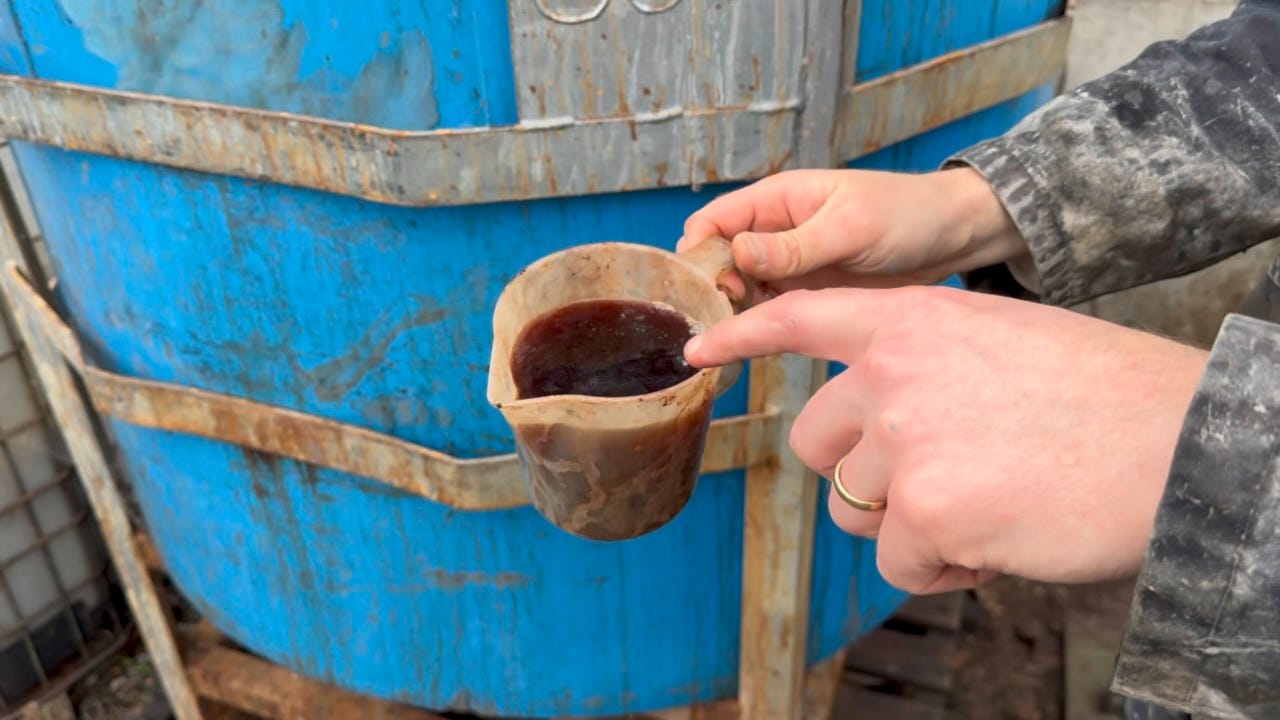
For Millington, the answer to leather’s problems lies in changing how it is sourced and used, not replacing it with materials that create different harms. Most “vegan leather” is plastic-based, fossil fuel-derived and sheds microplastics throughout its life. While sometimes marketed as cruelty-free, these materials are not biodegradable and many fall apart within a few years, persisting in landfill for centuries. Truly low-impact alternatives from mycelium to plant fibres remain niche, expensive and often reliant on synthetic binders.
Read the rest of the story at BRiMM
Now read this interview with Eugene Rabkin, who says, “Hermès is the number one brand right now because it caters to adults”:



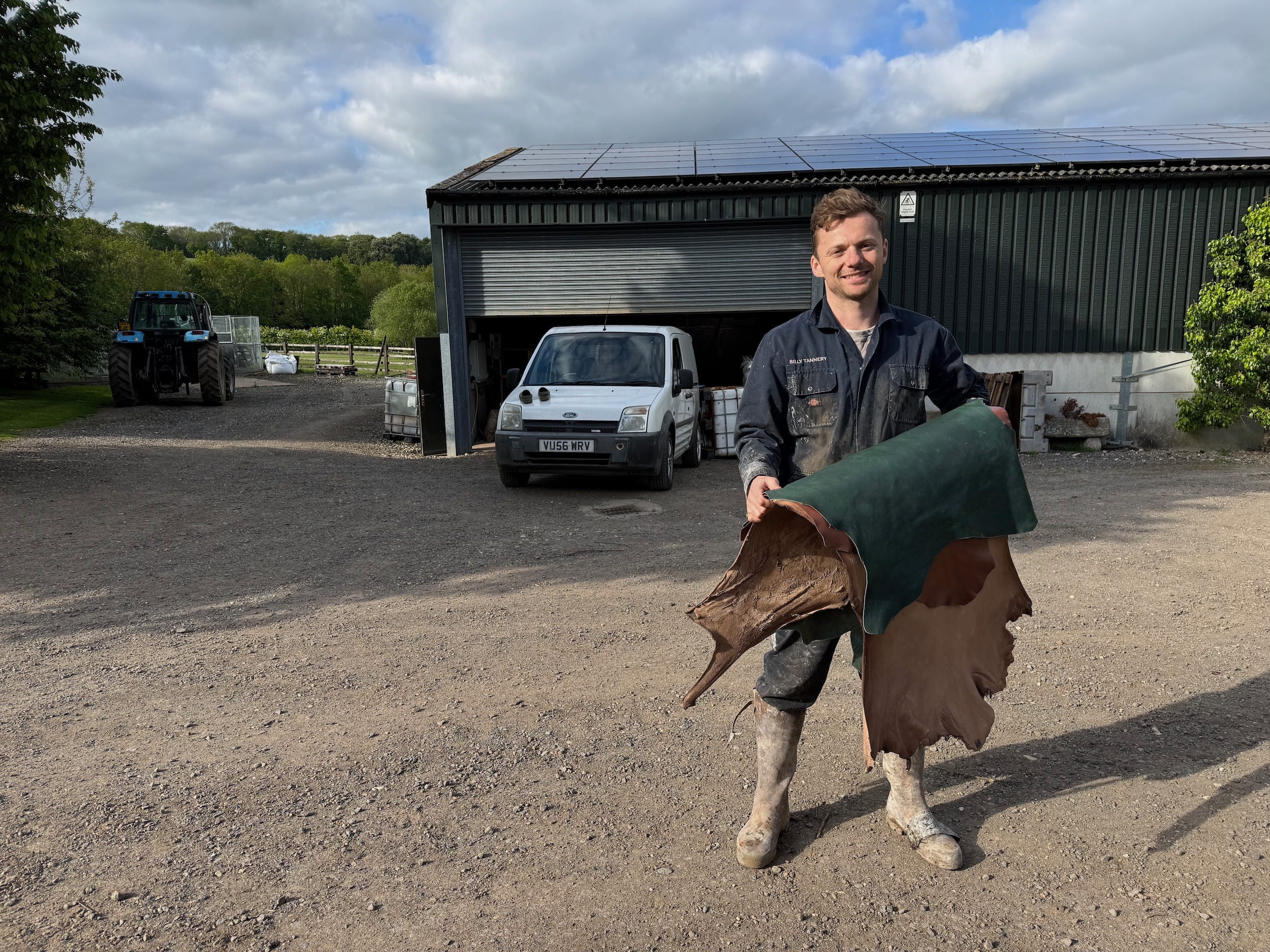
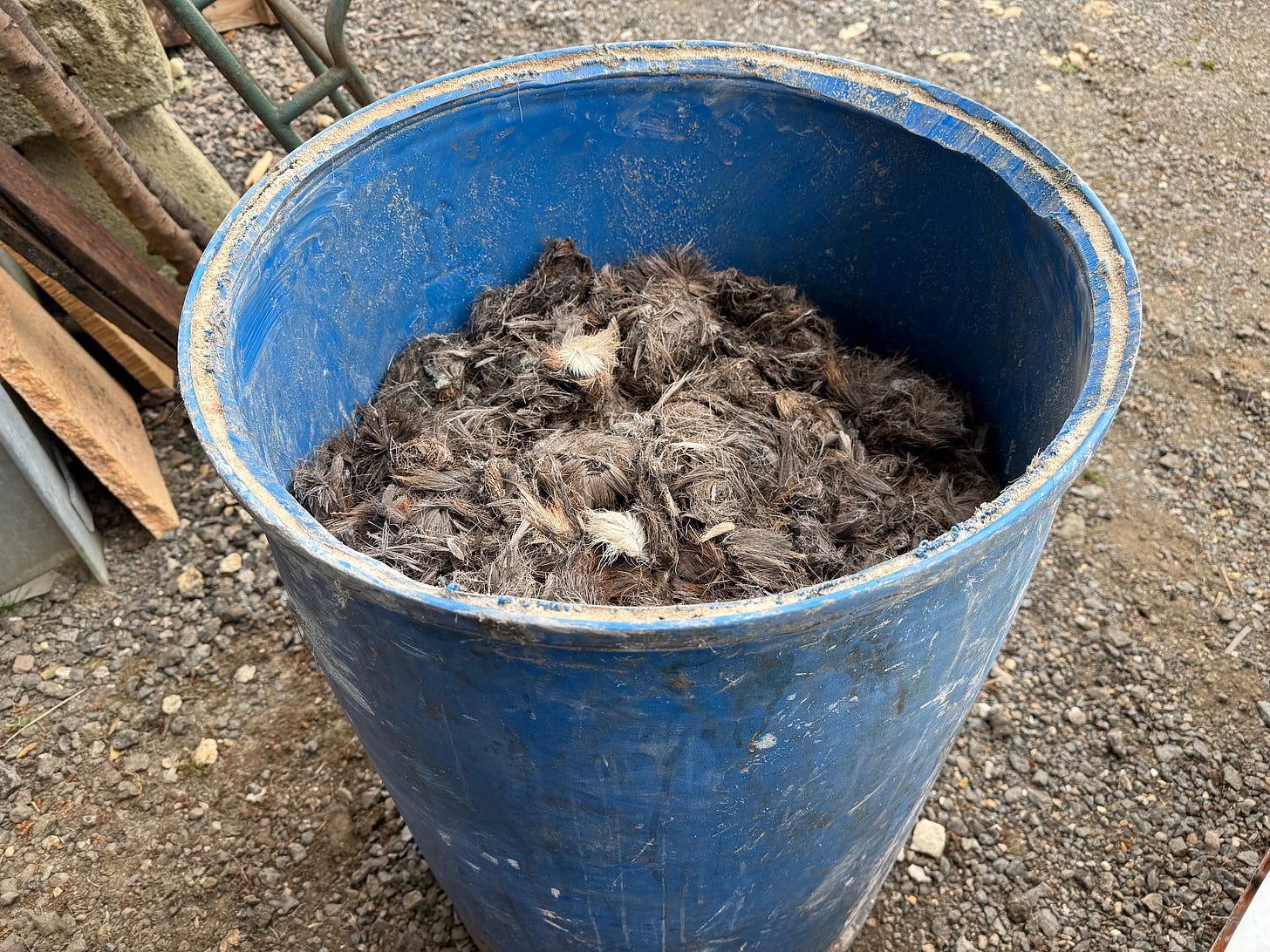
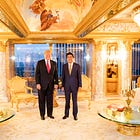

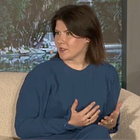
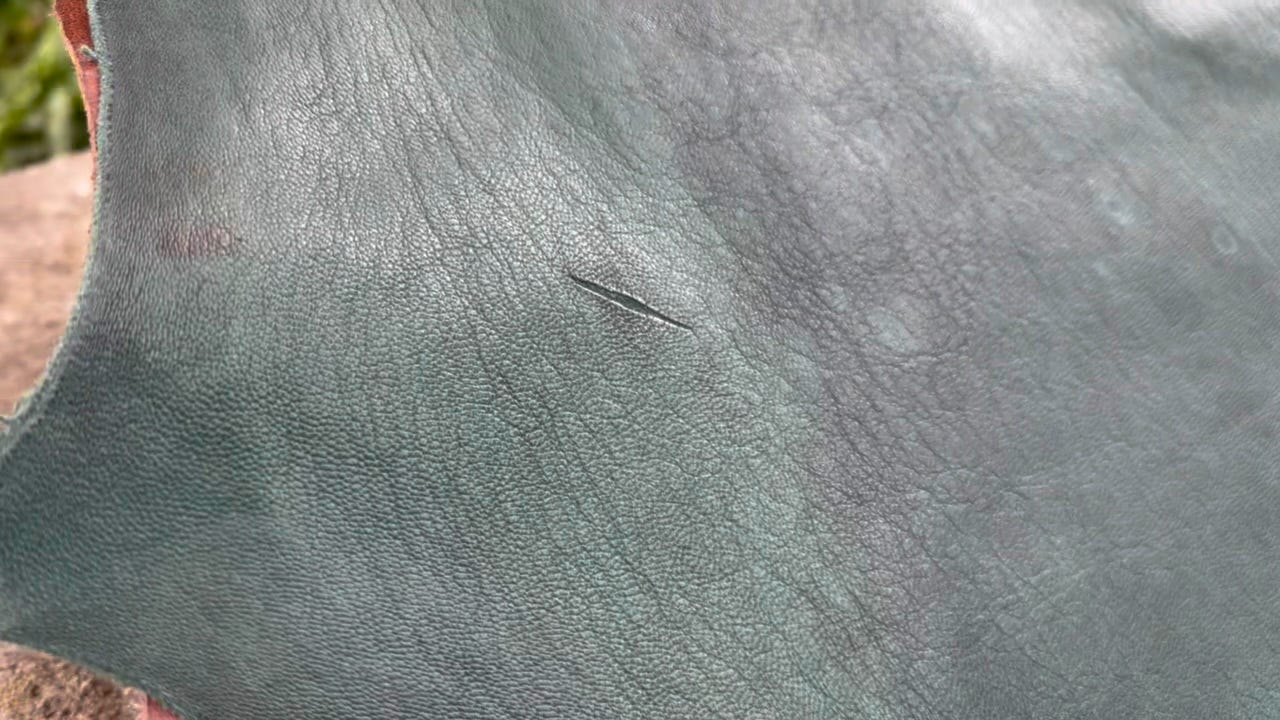

I was talking about how wild it is that the meat industry discards hides from all the slaughtered animals!! Why?! A circular business model is attainable as per this tannery!